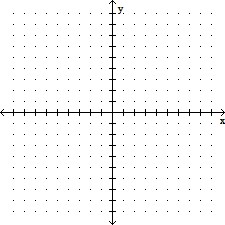Simplify the expression. Assume that all variables are positive and write your answer in radical notation. ?
? 
A. x
B. x
C. 
D. 
Answer: B
You might also like to view...
?Which of the following is true about Similar Triangles?
A. ?If side a = 70", angle C = 55?, side b' = 80", then angle C' is 75?. B. ?If side a = 70", angle C = 55?, side b' = 80", then angle C' is 55?. C. ?If side a = 70", angle C = 55?, side b' = 80", then the triangles are not necessarily similar. D. ?If side a = 70", angle C = 55?, side b' = 80", then the triangles are similar. E. ?If side a = 70", angle C = 55?, angle B = 70?, then side A is the smallest side.
Use U = universal set = {0, 1, 2, 3, 4, 5, 6, 7, 8, 9}, A = {1, 2, 3, 5, 8}, B = {2, 3, 5, 7}, and C = {1, 4, 9} to find the set.A ? C
A. {1, 2, 3, 5, 7, 9} B. {4, 6, 7, 9} C. {1} D. {1, 2, 3, 4, 5, 8, 9}
Solve the equation graphically by converting it to an equivalent equation with 0 on the right-hand side and then finding the x-intercepts.3x - 2 = x3 - 5
A. -2.1 B. 2.1, -7 C. -7 D. 2.1
Solve the inequality. Graph the solution set and write it in interval notation.5x + 5 ? 4x + 3![]()
A. [-2, ?)![]()
B. (-2, ?)![]()
C. (-?, -2)![]()
D. (-?, -2]![]()